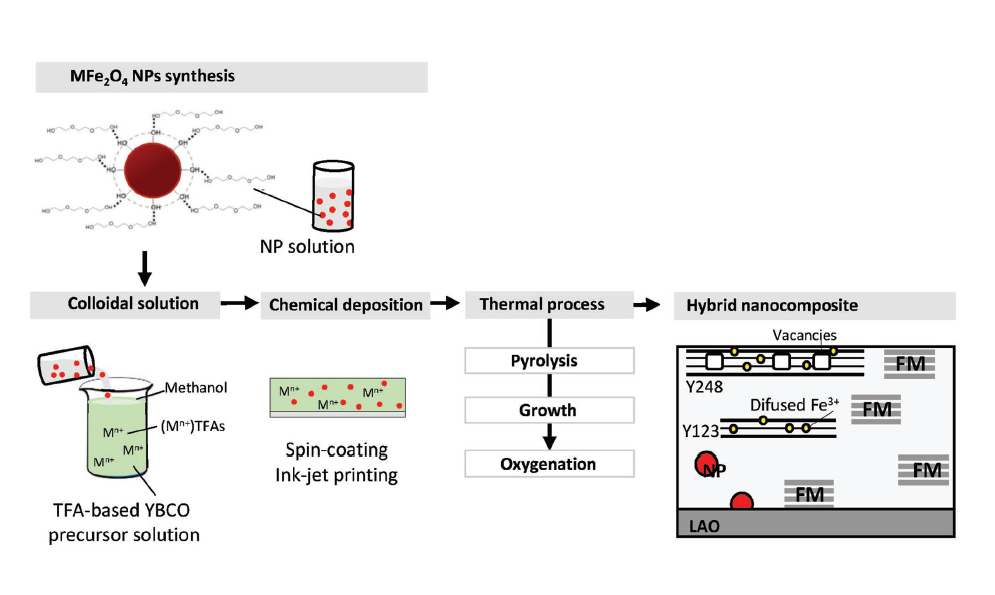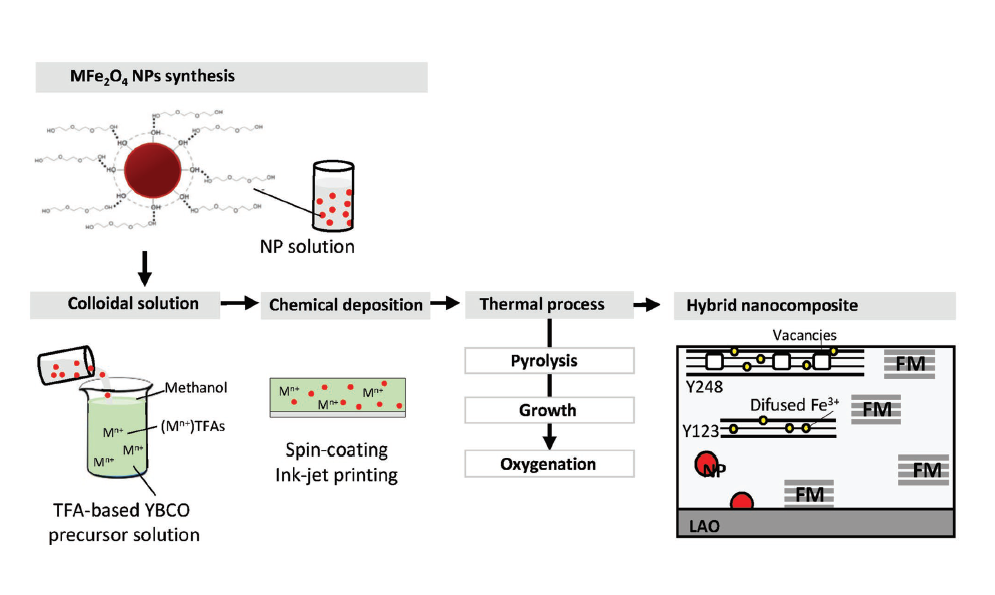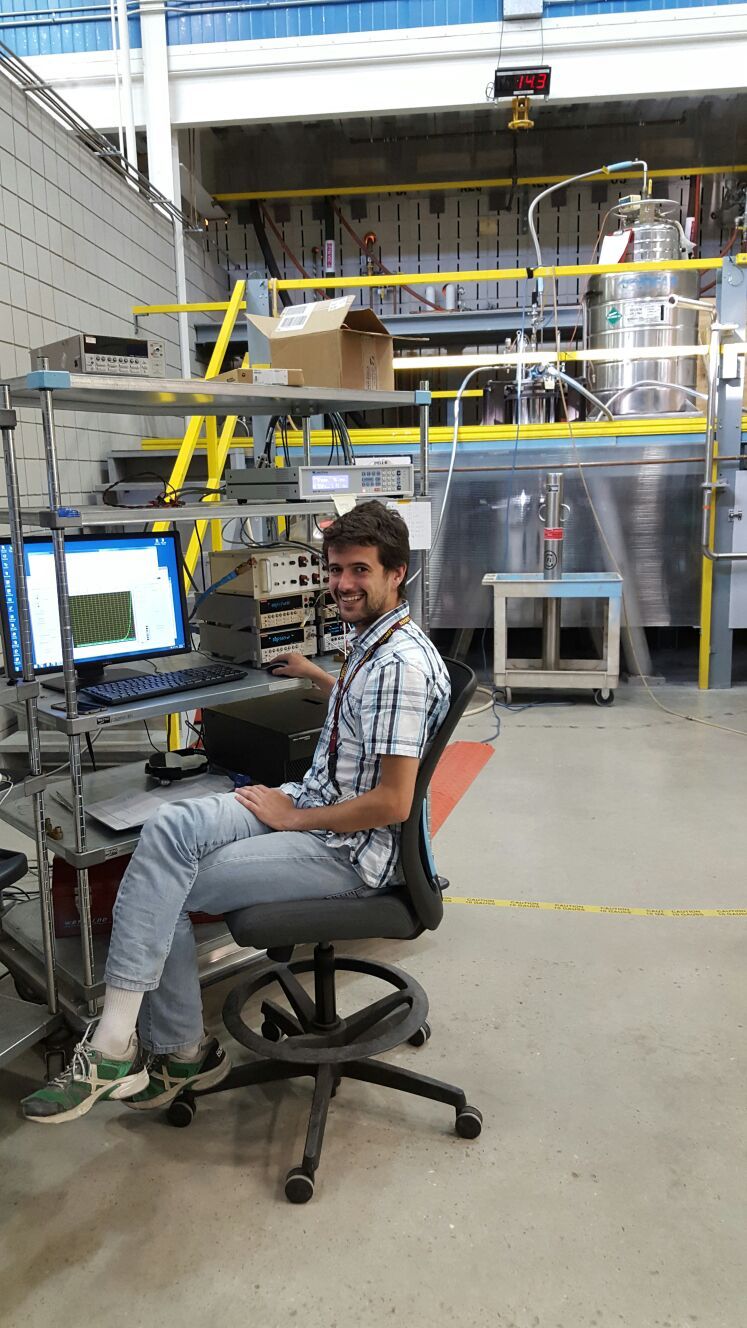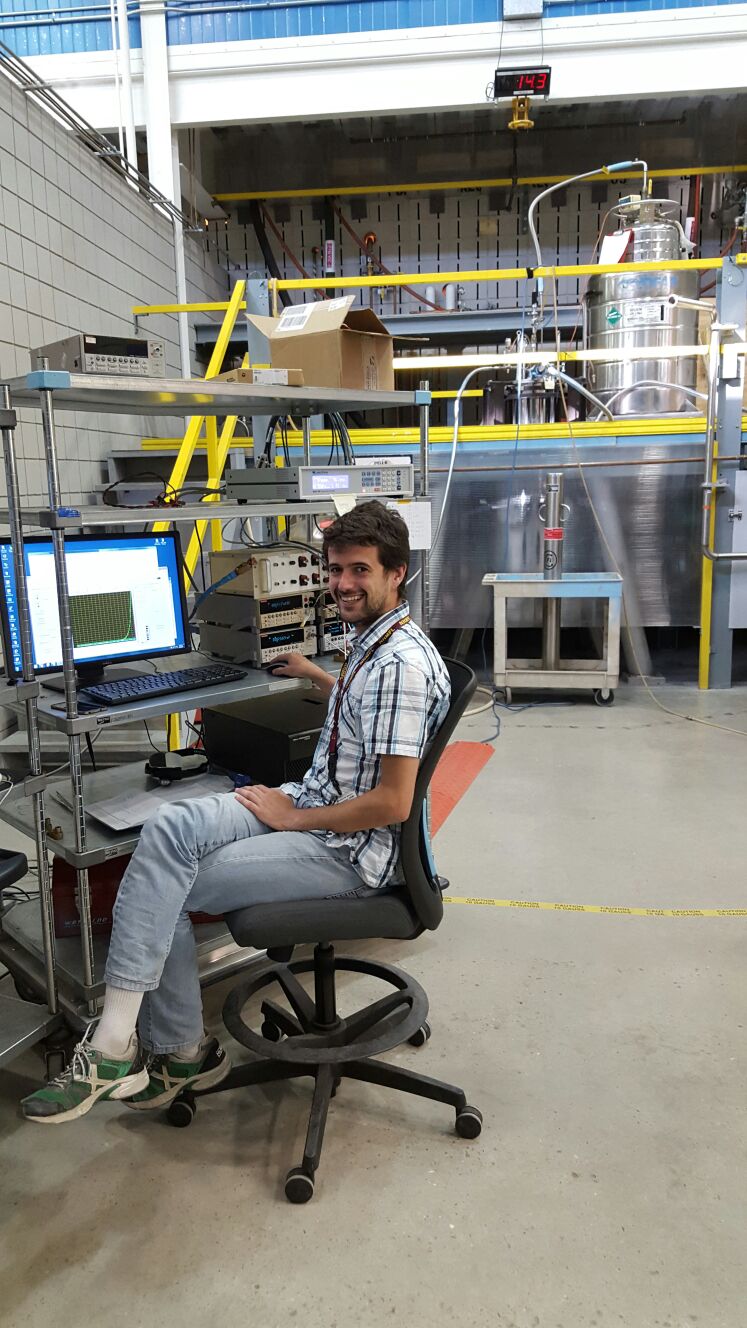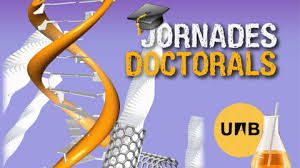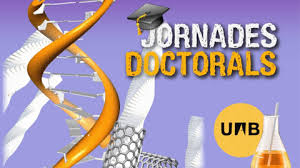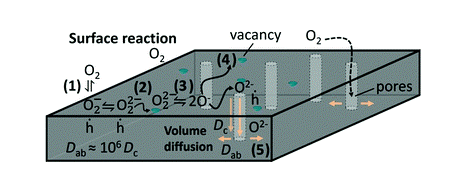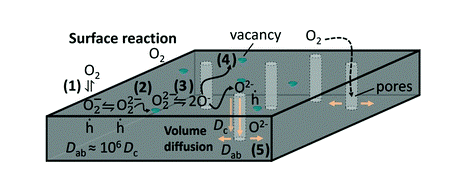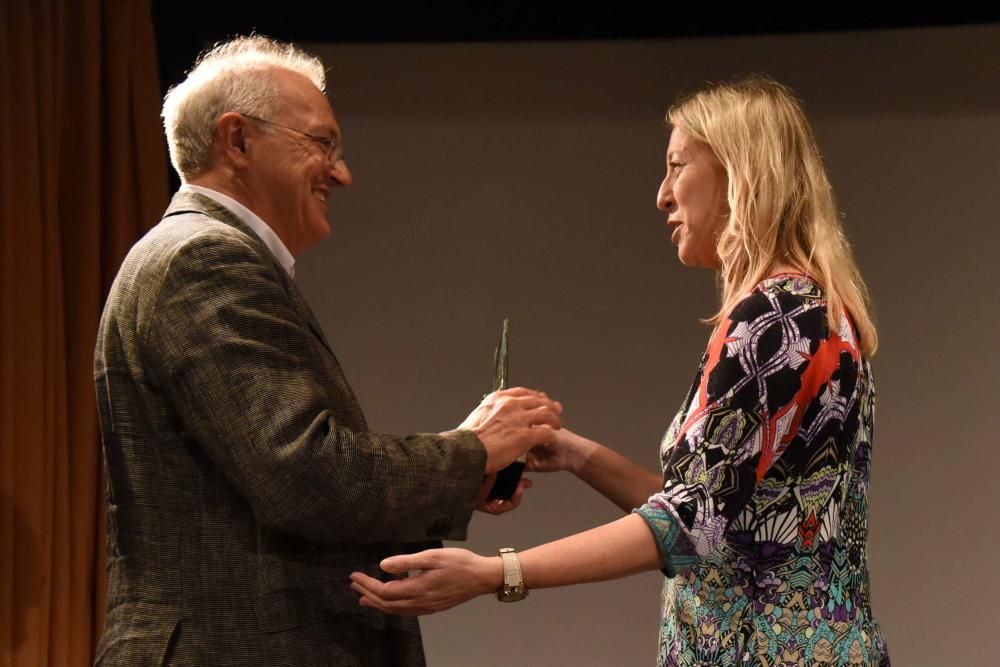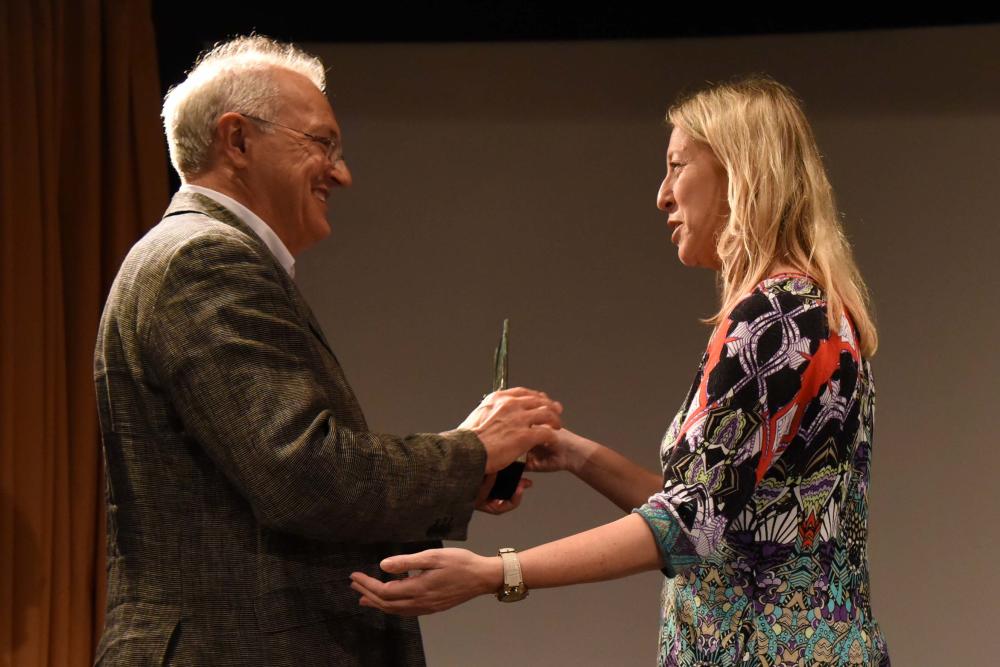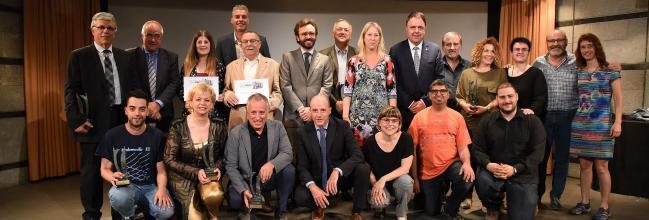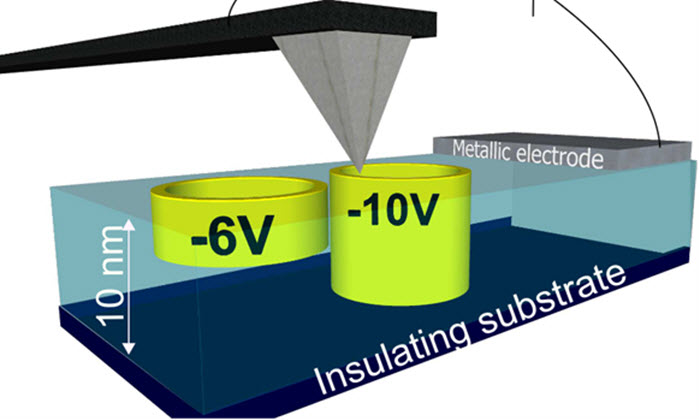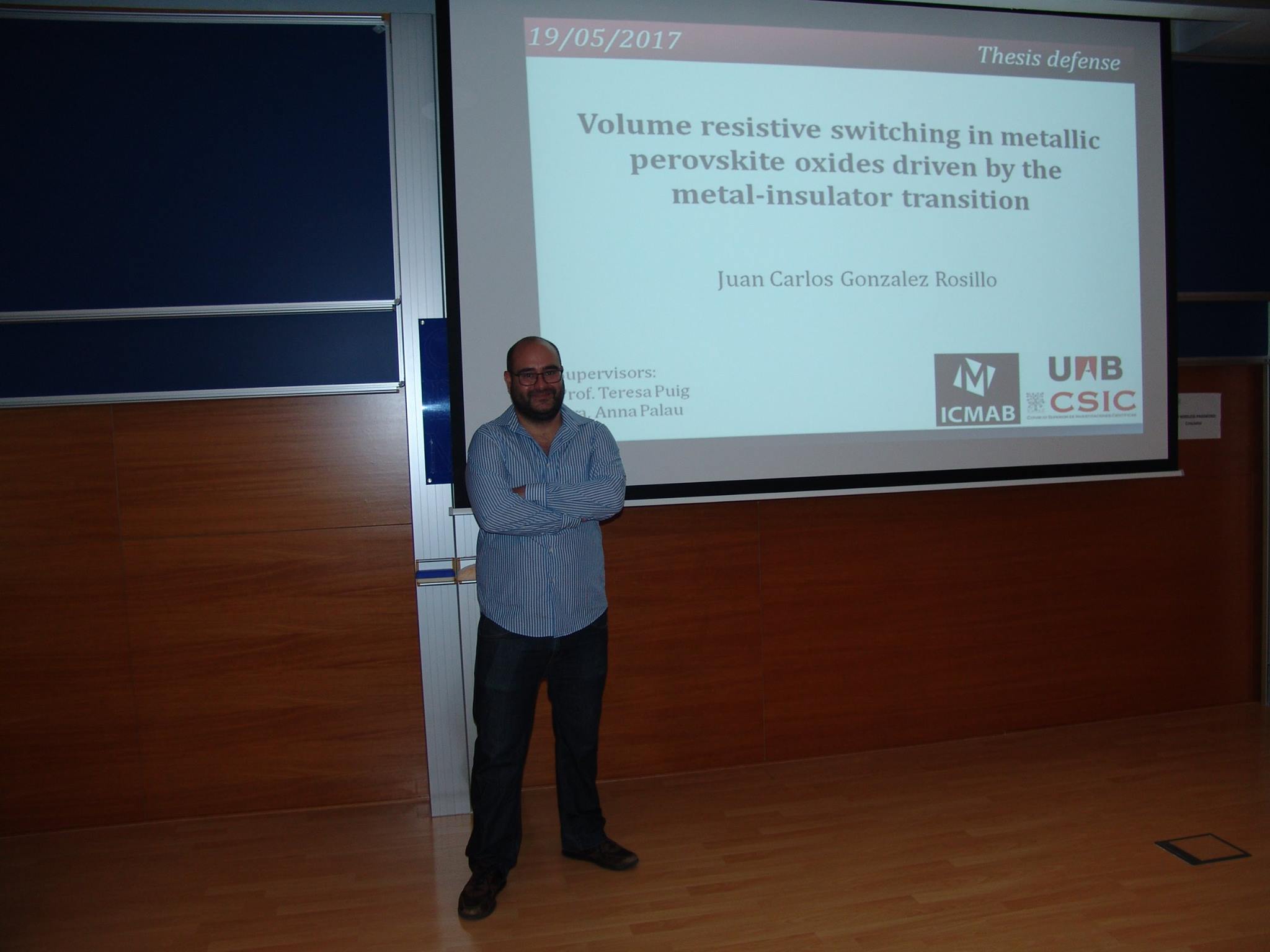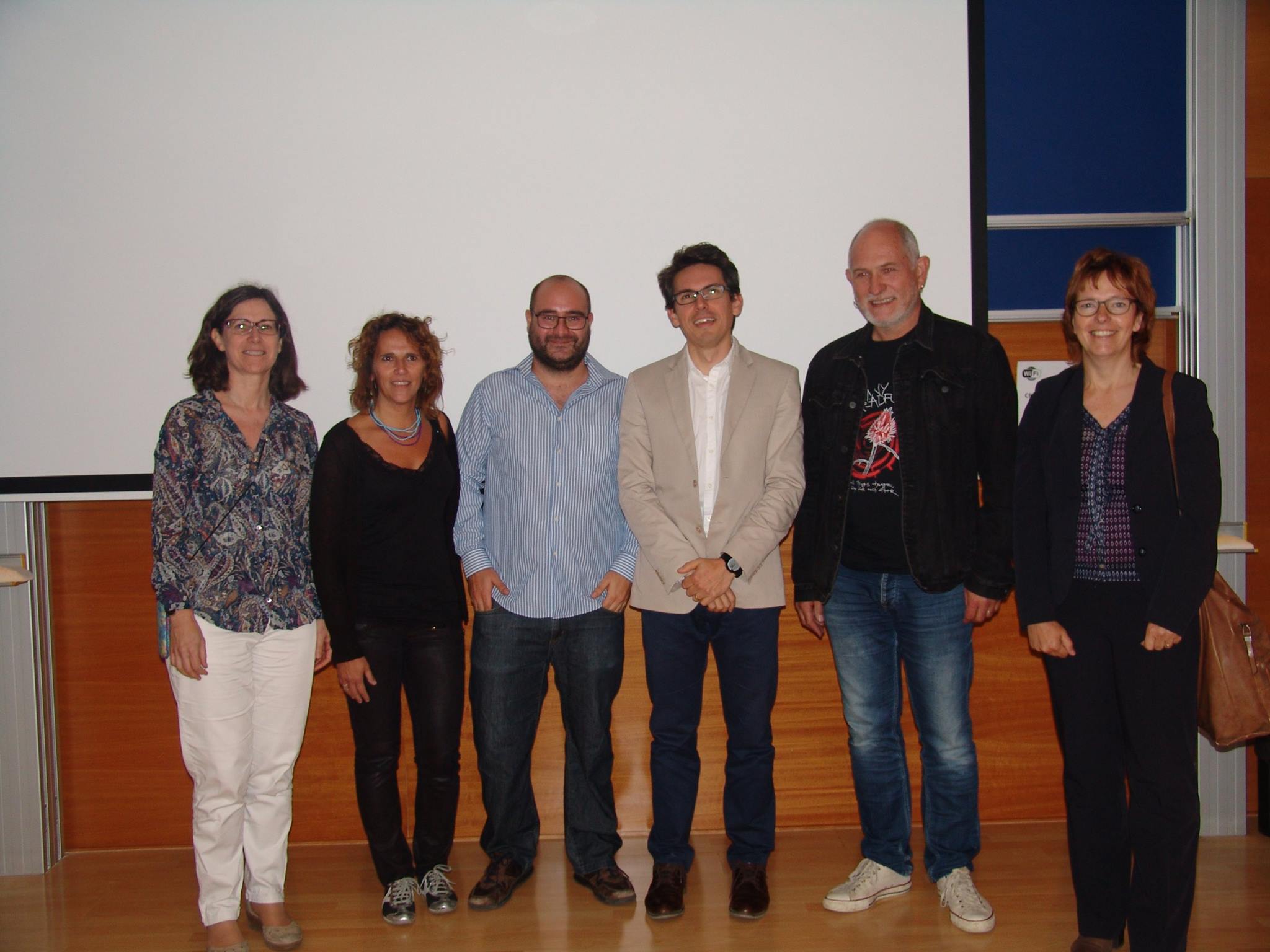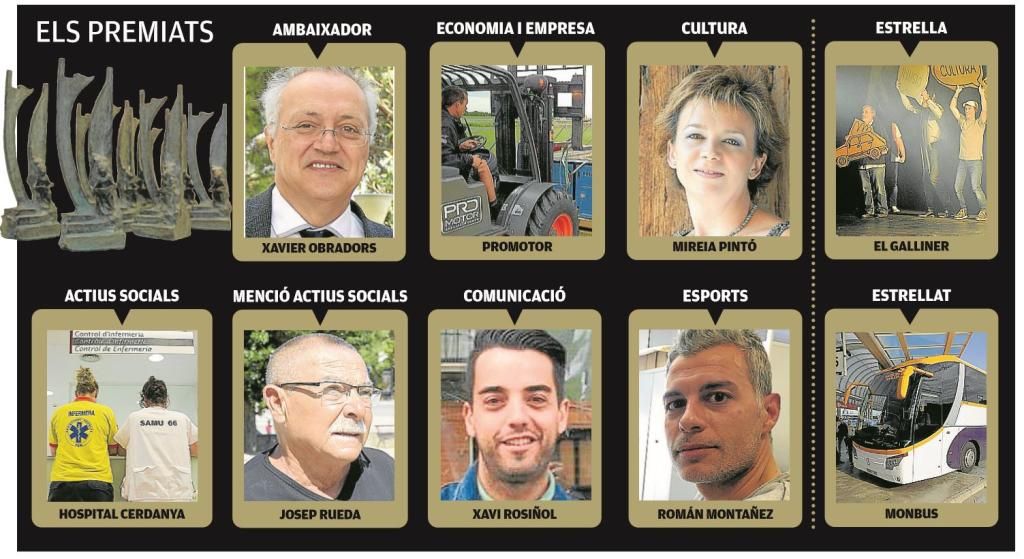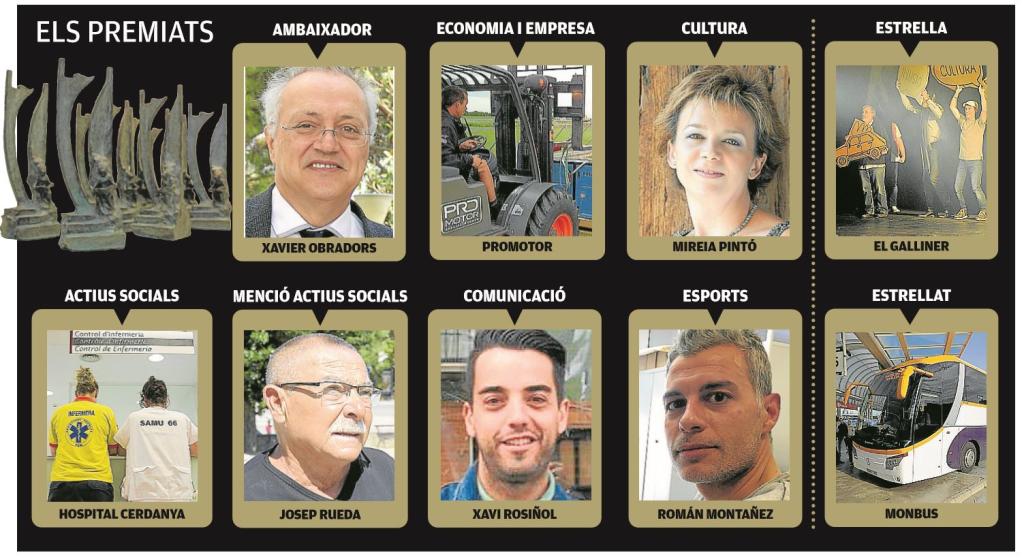10 -12 July: SUMAN participation to Nanoselect NOE Anual Meeting
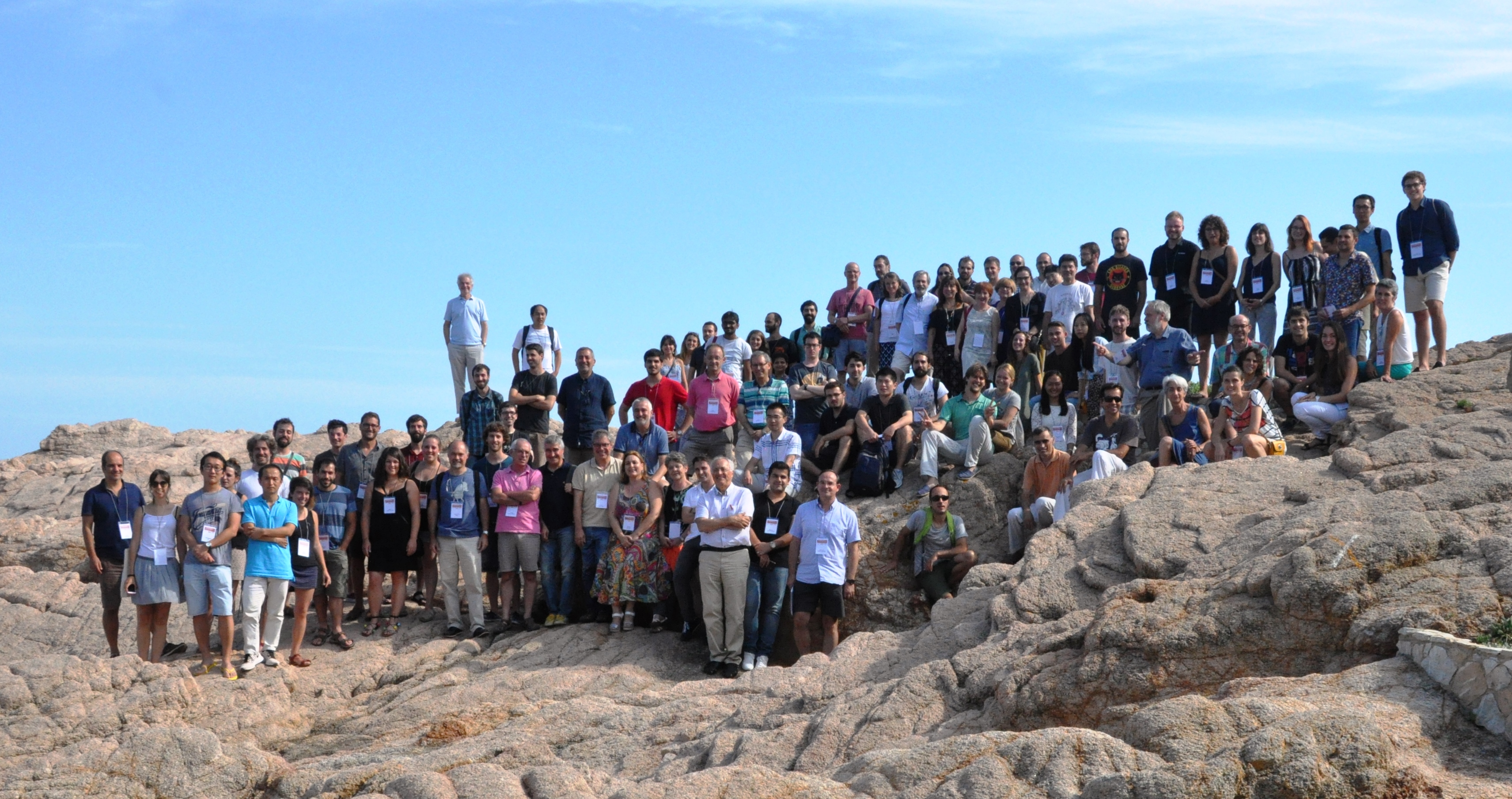
The Network of Excellence (NOE) NANOSELECT is a natural continuation of the corresponding Consolider Project which was focused in Functional Oxide Materials. The Meeting will be also supported by the Severo Ochoa Program. The Program aims to promote excellence in scientific research in Spain. It targets centres or units that carry out cutting-edge research and are among the world’s best in their respective areas. The ICMAB is one of the top research institutions named as a Severo Ochoa Research Centre by the Ministry of Economy and Competitiveness (MINECO).
During the meeting SUMAN researchers presented their last results entitled:
- “Mechanisms of novel transient liquid assisted growth for ultrafast production of YBa2Cu3O7-x thin films” (oral communication by Laia Soler)
- “The role of Oxygen exchange kinetics in the engineering of carrier concentration of YBa2Cu3O7-x thin films” (oral communication by Alex Stangl)
- “Reversible tuning of spin textures and resistance states in High Temperature Superconducting films” (oral communication by Anna Palau)
- “Chemical growth techniques to nanoengineer functional oxide thin films and interfases ” (oral communication by Mariona Coll)
- ” Competition between octahedral tilts and polar shifts in perovskites” (oral communication by Jaume Gazquez)
- “Structural distortions triggered by the most common YBCO defect: the Y2Ba4Cu8O16 intergrowht” (oral communication by Bernat Mundet)
And the following posters:
- “In-situ thermal analysis of YBa2Cu3O7-∂ FF precursor solutions during pyrolysis: film versus powder” by S. Rasi, J. Farjas, P. Roura, S. Ricart, L. Soler, J. Jareño, T. Puig and Xavier Obradors
- “New insights in strained ReNiO3 thin films” by B. Mundet, J.Gázquez, R.Guzman, J. Jareño, J.C. González-Rosillo, X. Obradors and T. Puig
- “Physical Properties of Nanostructured, Liquid Assisted Grown, Epitaxial YBa2Cu3O7-x Superconducting Films” by J.Banchewski, L.Soler, J.Jareño, R.Guzmán, S.Rasi, J.Farjas, P.Roura, S.Ricart, C.Mocuta, X.Obradors and T.Puig
- “Colloidal solutions of Nanoparticles in Alcoholic Ionic Environments for Growth of Nanocomposite Fucntional Oxides” by N.Chamorro, Z.Li, A.Garzon, P.Cayado, M.Coll, R.Yañez, J.Ros, T.Puig, X.Obradors and S.Ricart
- “Exceptional self-assembly by citrate bridge formation in LnF3 (Ln=Y, Gd) nanoparticles synthesis” by J.Martinez-Esain, J.Faraudo, T.Puig, X.Obradors, J.Ros, S.Ricart and R.Yañez
- “Synthesis and aplications of Fe3O4@SiO2 nanoparticles and Fe3O4@CNT@SiO2 nanocapsules” by C.Lu, S.Sandoval, T.Puig, X.Obradors, G.Tobias, J.Ros and S.Ricart
- “Chemical co-substitution on multiferroic BiFeO3 thin films for next generation photovoltaics” by P.Machado, A.Sánchez, J. Gazquez, X.Obradors, M.Campoy-Quiles, T.Puig and M.Coll
- “YBa2Cu3O7-x nanocomposite films by CSD-ultrafast Transient Liquid Assisted Growth” by J. Jareño, L.Soler, J.Banchewski, N.Chamorro, S. Rasi, R. Guzmán, J.Martínez, S.Ricart, J.
Ros, J.Farjas, C. Mocuta, X. Obradors and T. Puig - “Preparation of nanostructured YBCO YBa2Cu3O7 – BaMO (M=Zr, Hf) superconductor nanocomposite using colloidal solution with preformed oxide nanoparticles” by Z. Li, M. Coll, N. Chamorro, B. Mundet, J. Gazquez, F. Vallés, A. Palau, C. Pop, J. Ros, S. Ricart , T. Puig and X. Obradors
- “Defect analysis in new liquid-mediated YBa2Cu3O7 thin films” by R. Guzman, L. Soler, J. Jareño, J. Banchewski, S. Ricart, X. Obradors and T Puig
- “Tuning of the electronic structure in High Temperature Superconducting films at nanometric scale” by A. Fernandez, J.C. Gonzalez-Rosillo, X. Obradors, A. Palau, N. Mestres and T. Puig
- “Superconducting Medium Speed Synchronous Electrical Generator for 2MW class of Wind Mills” by X. Granados, J. López-López, A. Muñoz, J.L. Rodriguez-Izal, C. Salvatierra, E. Martínez, A.L. Angurel, T. Puig and X. Obradors
- ” Vortex pinning in CSD YBCO nanocomposite films also at ultrahigh magnetic fields” by F.Vallès, A.Palau, Z. Li, B. Mundet, B. Villarejo, C. Pop, F. Pino, M.Coll, J. Gázquez, S. Ricart, X.
Obradors and T. Puig - “Thick YBa2C3O7-x layers with ink jet printing single deposition” by B. Villarejo, Flavio Pino, C. Pop, S. Ricart, P. Roura, J. Farjas, N. Chamorro, J. Ros, X.
Obradors and T. Puig - “Chemical solution deposition growth of low fluorine thick coated conductors of YBa2Cu3O7 and YBa2Cu3O7 nanocomposites with preformed BZO nanoparticles” by C. Pop, B. Villarejo, F. Pino, N. Chamorro, F. Valles, B. Mundet, A. Palau, J. Gazquez, A. Usoskin, S. Ricart, T. Puig and X. Obradors
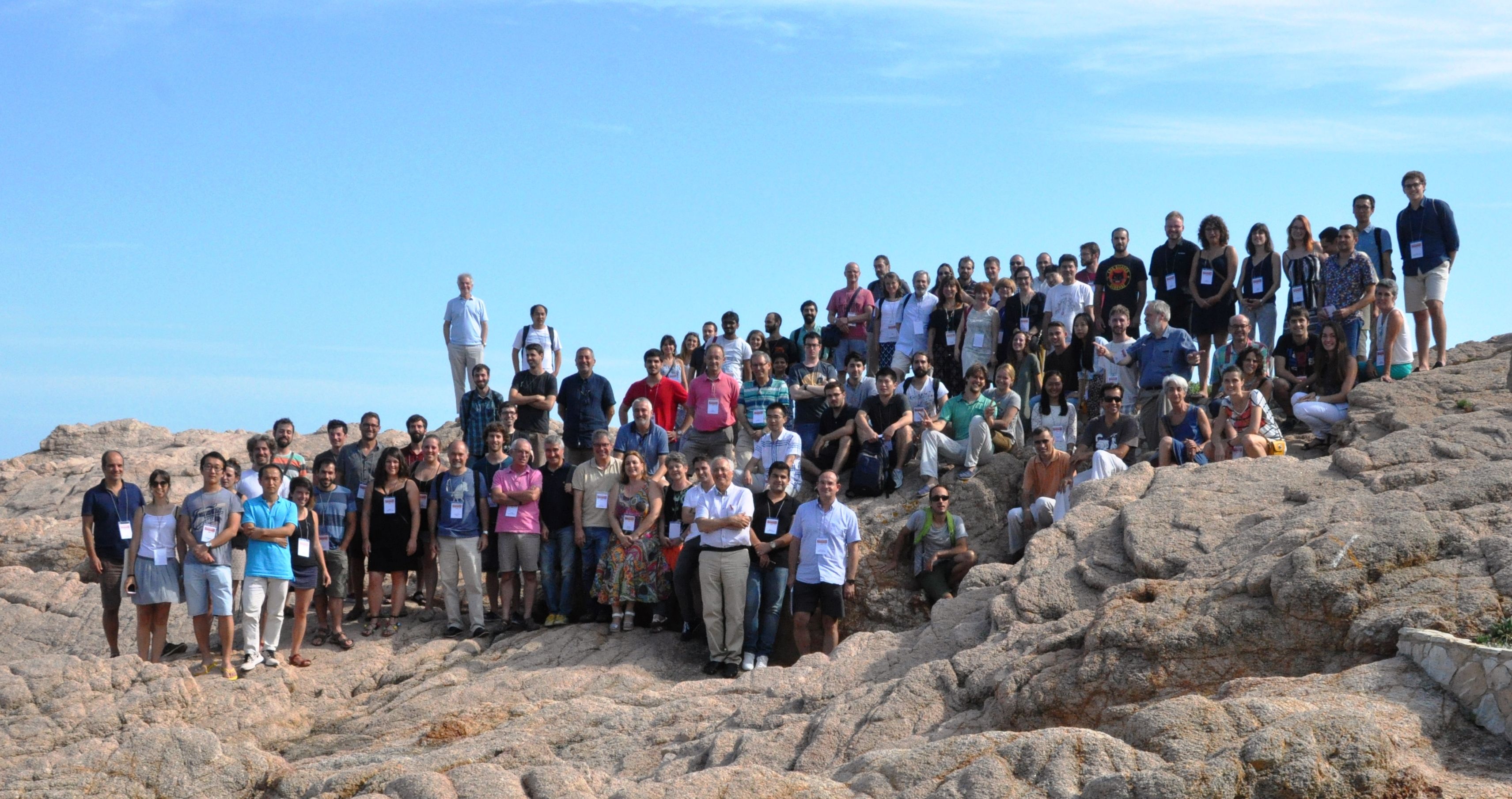


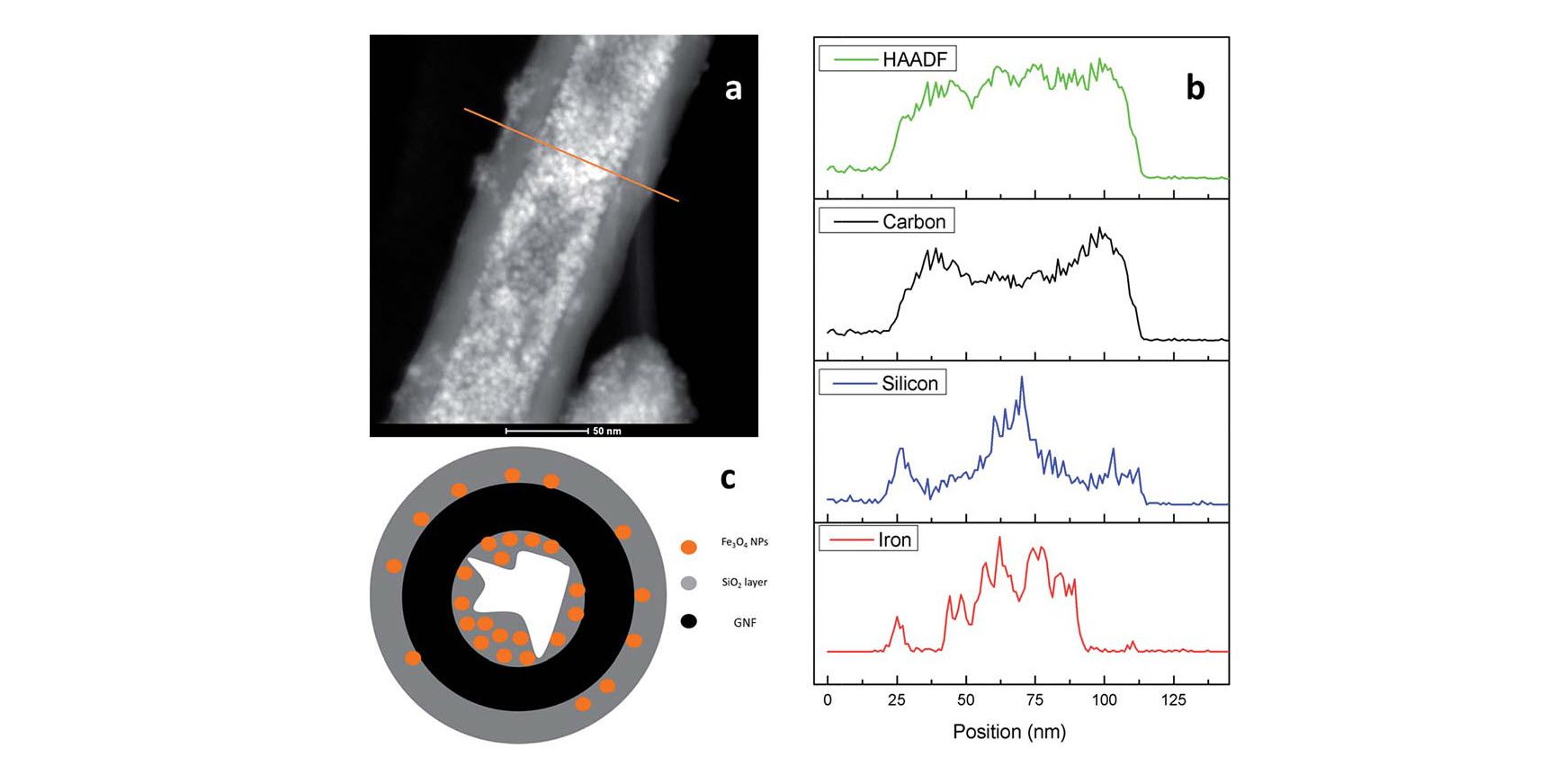
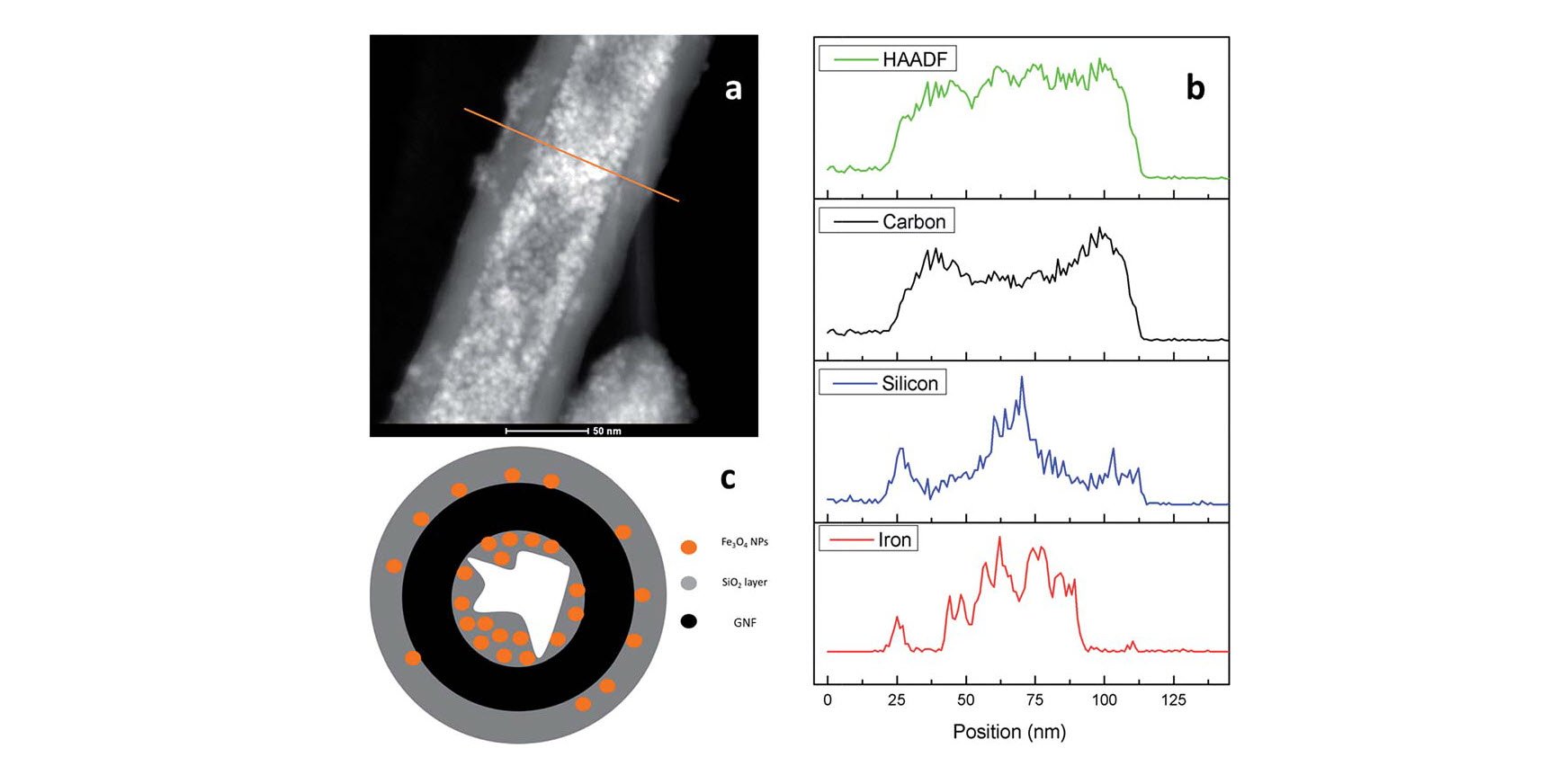
 relaxivities for Fe3O4@GNF nanocomposites and Fe3O4@GNF@SiO>2 nanocapsules revealing the potential application of these hybrid materials for bioimaging. Therefore, the coating of filled GNF with silica is as an excellent strategy for the protection of encapsulated payloads.
relaxivities for Fe3O4@GNF nanocomposites and Fe3O4@GNF@SiO>2 nanocapsules revealing the potential application of these hybrid materials for bioimaging. Therefore, the coating of filled GNF with silica is as an excellent strategy for the protection of encapsulated payloads.